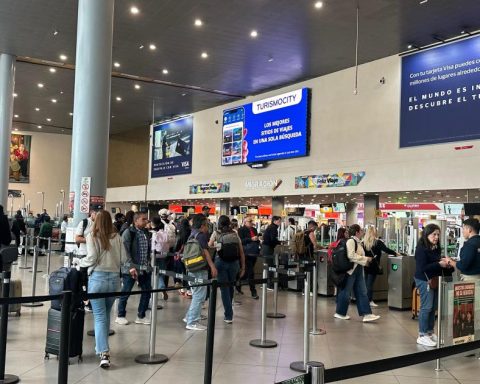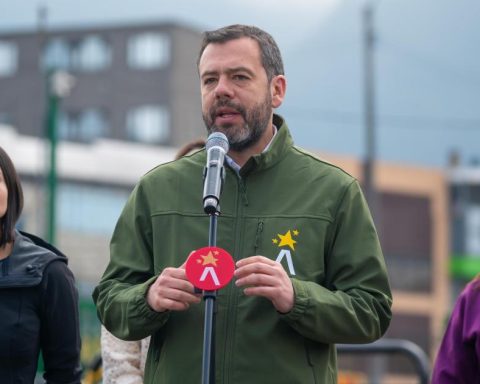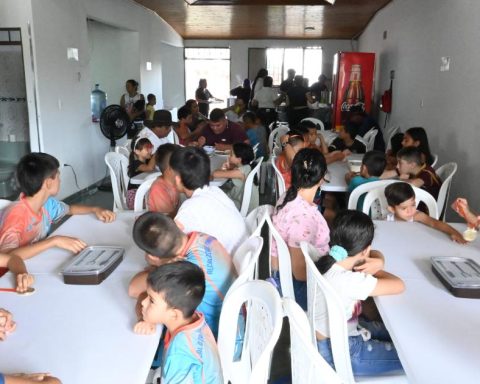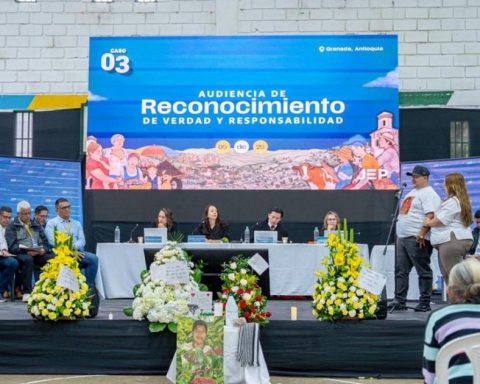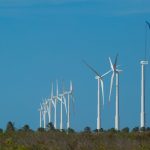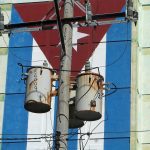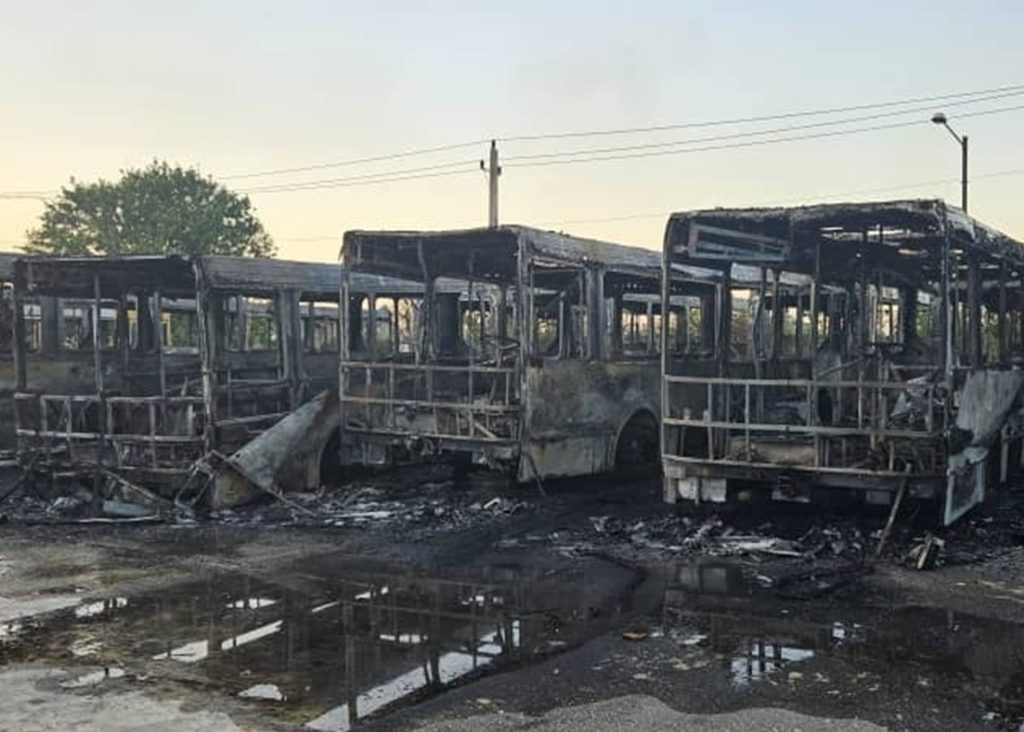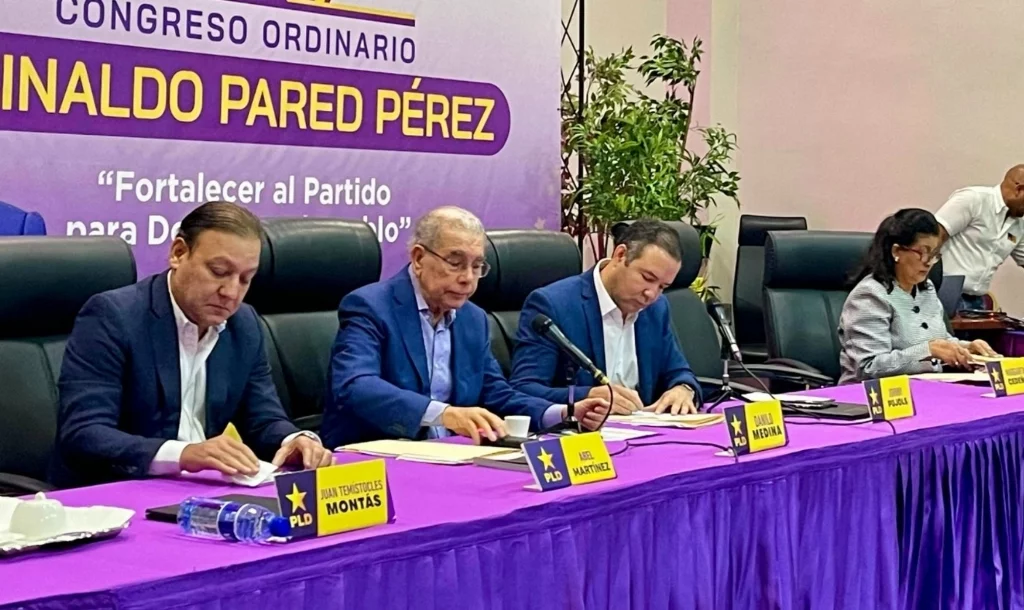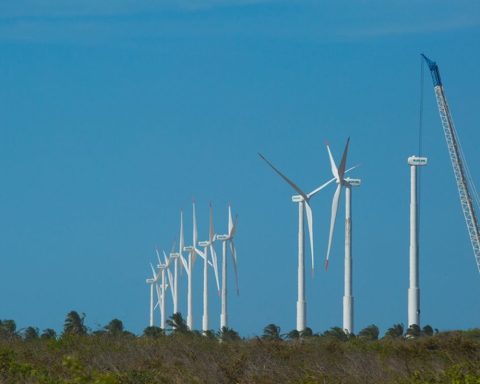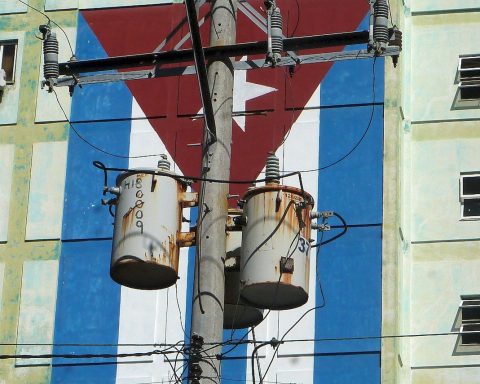The Fedesarrollo Economic and Social Research Center recently published a document in which it proposes to look towards Colombian Orinoquía and take better advantage of the potential of this region, in the face of consolidation of agriculture as a source development and economic growth.
Luis Fernando Mejía, executive director of this center, said that after analyzing the social and geographical characteristics of the populations that make up this part of the country, you can learn from success cases such as Brazil, to design an action plan in the medium and long term. He also put several proposals on the table.
More information: The sectors with higher budget execution percentages at the beginning of 2025
What does research say?
This is a proposal for the country, framed within one of the most ambitious strategies raised in decades. Its objective is to promote the development of the urinequía, especially of the Altillanura, and take advantage of its enormous potential in agribusiness. It seeks to convert this region into a engine of productive and sustainable growth, maximizing its capacities to strengthen the agricultural and agroindustrial sector.
It is a truly transformative commitment, with the potential to generate a positive impact on the use of urinoquía and altillanura, as well as national economic development. In addition, it would contribute to the strengthening of the country’s external accounts and the increase in exports, consolidating this region as a key axis for growth and competitiveness.
Vichada
JHON MORENO / CEET
What populations exactly?
The Orinoquía region covers approximately 26 million hectares of the Colombian territory, which represents a significant proportion of the total extension of the country. This region is mainly made up of the departments of Meta, Casanare, Vichada and Arauca, and is equivalent to about a quarter of Colombia’s total area. Its vastness highlights its strategic importance and its enormous potential for productive and agroindustrial development.
Within the Orinoquía, the Altillanura stands out as a subregion with approximately 13.5 million hectares of high agricultural and productive potential. This area includes seven municipalities distributed in two departments, which are Mapiripán, Puerto López and Puerto Gaitán, in Meta; and Puerto Carreño, Santa Rosalía, Cumaribo and La Primavera, in Vichada.
What barriers detected there?
The document identifies several factors that have hindered the use of the productive potential of the region. The first is the legal insecurity derived from the regulations on vacant land and the land restitution regime, which prevents a long -term vision for the productive exploitation of those hectares.
The second is infrastructure deficiency, since the primary roads are practically non -existent and the secondary and tertiary have a precarious and vulnerable state. We also saw access to critical agribusiness, such as the dolomite cal, necessary for soil preparation and maintenance.
Also read: ‘They are speculating’: President Petro refers to wire ads in gas rates
Is there support for producers?
It has also identified a limited demand for credit by small producers, which suggests restrictions on the financing offer and makes it difficult to make productive investments in the region.
Finally, human capital is another significant challenge. The Altillanura has a population density of just 2 inhabitants per square kilometer, in contrast to the national average of 46. In addition, the coverage of higher education is insufficient and is not aligned with the productive needs of the region

Luis Fernando Mejía, director of Fedesarrollo
Private archive
The document makes several proposals …
First of all, The full document can be seen on the Fedesarrollo page. However, based on the diagnosis, we propose that in the first place, it is essential to guarantee legal certainty in land ownership.
We propose the creation of a Special Law for Orinoquía, which modernizes the land regime, reduces legal insecurity and incorporates innovative mechanisms, such as allowing the State, in its capacity as owner of vacant land, remunerate private with existing investments or Generate mechanisms to attract new investments in land current.
It is necessary to define clear conditions for these remuneration to conform to market prices, as well as rules on lease and duration of contracts. In general, this special law must offer legal certainty to small, medium and large producers, allowing them to access the property or leasing of long -term land and take advantage of their high productive potential.
Other news: Regions ask the government to attend the security crisis beyond the Catatumbo
With the infrastructure?
The second axis focuses on infrastructure. One of the key interventions is the rehabilitation of the Puerto López Vía – Puerto Carreño, with an estimated investment of $ 1.5 billion. It is a 750 -kilometer corridor, crucial for the connectivity of agricultural production centers and national and international supply routes.
In addition, this diagnosis highlights the importance of developing an infrastructure master plan for urinequía, with studies that allow identifying priority investments, not only on roads, but also in river ports, taking advantage of the water wealth of the region.

Economic growth
Photo: Istock
And the impulse to agriculture?
In terms of critical inputs, the Dolomita Cal is an essential resource to improve soil productivity. It is estimated that a new production plant would be necessary with the capacity to exploit two million tons per year, which would allow supplying the projected demand and strengthening the efficiency in the use of agricultural inputs.
Regarding financing, the implementation of an assistance and accompaniment program to producers is proposed, with the aim of strengthening credit demand in the region. This program should not only focus on informing about financing opportunities, but also in offering technical assistance, promoting the adoption of better productive technologies and practices.
Is there enough labor?
In terms of human capital, a program of scholarships and incentives for the training of 23,000 professionals in strategic areas for the agroindustrial development of the region is proposed. With an estimated investment of $ 58,000 million, this initiative would strengthen the technical capabilities necessary to boost productivity in the Altillanura.
Finally, in terms of productive chains and added value, it is key to strengthen strategies oriented to sectors such as protein, energy, agroindustrial products and strategic crops. This would allow to capitalize on the lessons learned in integration of grain and livestock production, generating greater added value in the region.
It can be of interest: The future has arrived: the incredible futuristic cars that are already in the market
What economic impact would this have?
The base scenario indicates that about 240,000 hectares are currently developed in the region. If no strategy is implemented, on a 20 -year horizon that figure could grow up to 560,000 hectares, which, although it represents an advance, would not be a substantial change.
On the contrary, if a strategy such as the one proposed in this document is applied, in 20 years the Altillanura would not have 240,000 hectares, but with 2,240,000 hectares dedicated to agricultural production. This would have a significant impact on economic growth in the region.
What would happen to GDP?
Vichada’s GDP could grow at an annual rate of 10.4% in the next two decades, while in the goal, economic growth would reach 7.2% per year in the same period. These figures are well above the estimated potential growth for the Colombian economy, which does not exceed 3%.
In terms of economic impact, the additional added value generated in the next 20 years would be close to $ 800 billion pesos, equivalent to approximately 51% of Colombia’s current GDP. In addition, the employment effect would be remarkable, with the estimated creation of 54,000 new annual jobs.

Colombian pesos.
Istock
Why learn from Brazil?
The success of Mato Grosso, in Brazil, during the last decades demonstrates how a well coordinated strategy between the public and private sector can transform agricultural production. In 1980, the State had a million hectares cultivated; By 2000, it reached 5 million, and in 2020, it exceeded 20 million.
This growth has promoted GDP of the region by 6.4% per year, while the agricultural sector has grown 11.5% per year in the last 20 years. Beyond production, the transformation of Mato Grosso has tripled tax revenues, improving the provision of public goods and reducing inequality.
Although Brazil is one of the countries with the greatest inequality, Mato Grosso today has one of the best entrance relations per inhabitant and one of the lowest levels of inequality in the country. Colombia should follow this model to strengthen its agricultural production, increase exports and improve social welfare.
Is there potential?
I am convinced that this is a transformational commitment to the country, not only for Orinoquía and Altillanura, but for Colombia. If we think about future sources of economic growth, agriculture has enormous potential. The experience of Mato Grosso demonstrates that this development is possible.
It is not a merely aspirational vision, but the need for a coordinated strategy, with medium and long -term bets and a state policy that drives the country’s agricultural and energy development.

